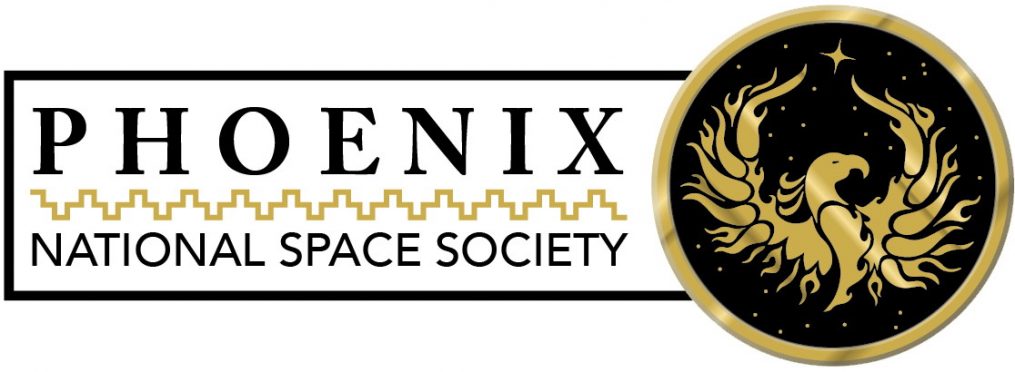|
The European Southern Observatory has released new images of the Pencil Nebula taken by the Wide Field Imager on the MPG/ESO 2.2-metre telescope. The nebula is only 800 light years from Earth, and changes position in the night sky within a human lifetime. Click on the image to see a wide field view of the nebula and its environment. |
Nebula
Herschel Space Telescope and the Vela C Star Forming Region
|
The European space Agency (ESA) has released images of the Vela Nebula taken by the Herschel Infrared Space Telescope. The bright butterfly shaped region is a stellar nursery, with a string of bright, hot stars along its body. These massive stars are destined to explode as supernovae within the next 10 million years. Strung out all along this region of the nebula are wispy filaments with protostars embedded within them. The image was mapped using Herschel instruments PACS and SPIRE at wavelengths of 70, 160, and 250 microns, corresponding to the blue, green and red channels, respectively. North is to the right and east is up. |
Andromeda and The Milky Way – Collision in 3, 2, 1…
Hubble Space Telescope: 22 Years Young
|
Launched on 24 April 1990, the Hubble Space Telescope has provided many extraordinary images of the universe (Eagle Nebula, Antennae Galaxies, Asteroid Collision). In celebration of the 22nd Anniversary, astronomers have released this image of the Tarantula Nebula (30 Doradus, or NGC 2070) in the Large Magellanic Cloud. This is an intense star forming region containing several million stars ranging in age from several thousand years to 25 million years old. The image is approximately 650 light-years across. |
Everything
|
The Wide-field Infrared Survey Explorer (WISE) mission has just released the image above showing Everything in the infrared spectrum. Approximately 560 million stars, galaxies, gas clouds, near-Earth asteroids and other objects are included in the image. Visible in the image:
|
Spitzer and Herschel Reveal Infrared View of New Stars in Orion Nebula
|
The Jet Propulsion Laboratory (JPL) and NASA have released a new image of star formation in the Trapezium Cluster. The image is a composite of data in the infrared from NASA’s Spitzer Space Telescope and the European Space Agency’s Herschel Space Observatory. Spitzer observes at shorter infrared wavelengths (8.0 and 24 microns), and the data is shown as blue in the image. Herschel’s data is at longer wavelengths (70 and 160 microns), and is shown as green and red. Cool objects such as newly forming clumps that will become stars appear red, whereas hotter embryonic stars appear blue. The bright blue region in the lower left is illuminated by five massive stars. The cooler red region in the upper right is the home of the newly forming stars, which may begin their fusion life cycle within the next 100,000 years. |
Eagle Nebula – Multi Spectra View
|
The Eagle Nebula, also known as Messier-16 or NGC 6611, is a nebula visible in the Southern Hemisphere. This three color image was taken by the Wide-Field Imager camera on the MPG/ESO 2.2-meter telescope at the La Silla Observatory. One easily sees the Eagle, and at the heart of the Eagle are the Pillars of Creation.
The Hubble Space Telescope imprinted the Eagle Nebula in the public’s mind in 1995 with the publication of the Pillars of Creation. The Pillars can be seen above in the middle of the lower third of the image. Hubble’s image (below) stands the pillars on end, whereas the ESO image shows them tilted over toward the right.
In this composite image (above) of the Pillars’ star forming regions, the tallest pillar is about four (4) light years high. The images were observed using a combination of SII/H-alpha and OIII filters. Other wavelengths allow us to see inside the gas clouds that surround these regions. Up to 1998, the ESA Infrared Space Observatory (ISO) was the most sensitive mid infrared telescope ever built. ISO observations (below) were performed at 7 microns and 15 microns, aiming to detect embedded sources in the pillars.
Near-Infrared imaging by The 8.2m-diameter Very Large Telescope’s (VLT) ANTU telescope (below), enabled astronomers to better penetrate the dust that obscures the interior of the pillars. This has allowed researchers to investigate the ‘evaporating gaseous globules’ (EGGs) first detected in the Hubble images. It looks like eleven (11) of these EEGs probably contained new stars. One can also see stars in the tips of the pillars.
Recently, new images of the Eagle Nebula (below) in the far-infrared and sub-millimeter part of the spectrum have been release by the Herschel Infrared Observatory.
The image is color coded. 70 micron radiation is in blue and 160 microns in green from the Photodetector Array Camera (PACS). Red codes for 250 micron emissions using the Spectral and Photometric Imaging Receiver (SPIRE). The image shows the temperature of the dust, which ranges from 10 degrees Kelvin (above absolute zero) to 40 degrees Kelvin. Herschel operates from a Lissajous orbit around the second Lagrangian point of the Sun–Earth system (L2), a virtual point located 1.5 million km from Earth in the direction opposite to the Sun. The X-Ray image below was taken by the XMM-Newton Observatory, which was launched in 1999. The image is color coded for the different energy levels observed: red: 0.3–1 keV, green: 1–2 keV and blue: 2–8 keV.
Researchers are investigating a theory that the Eagle Nebula is being powered by a hidden supernova remnant. They are trying to detect a faint X-ray emission in the nebula. If no emission is found beyond what the Chandra and Spitzer Observatories have already detected, this would support the supernova remnant theory. A composite image from Herschel and XMM-Newton is shown below:
|























You must be logged in to post a comment.